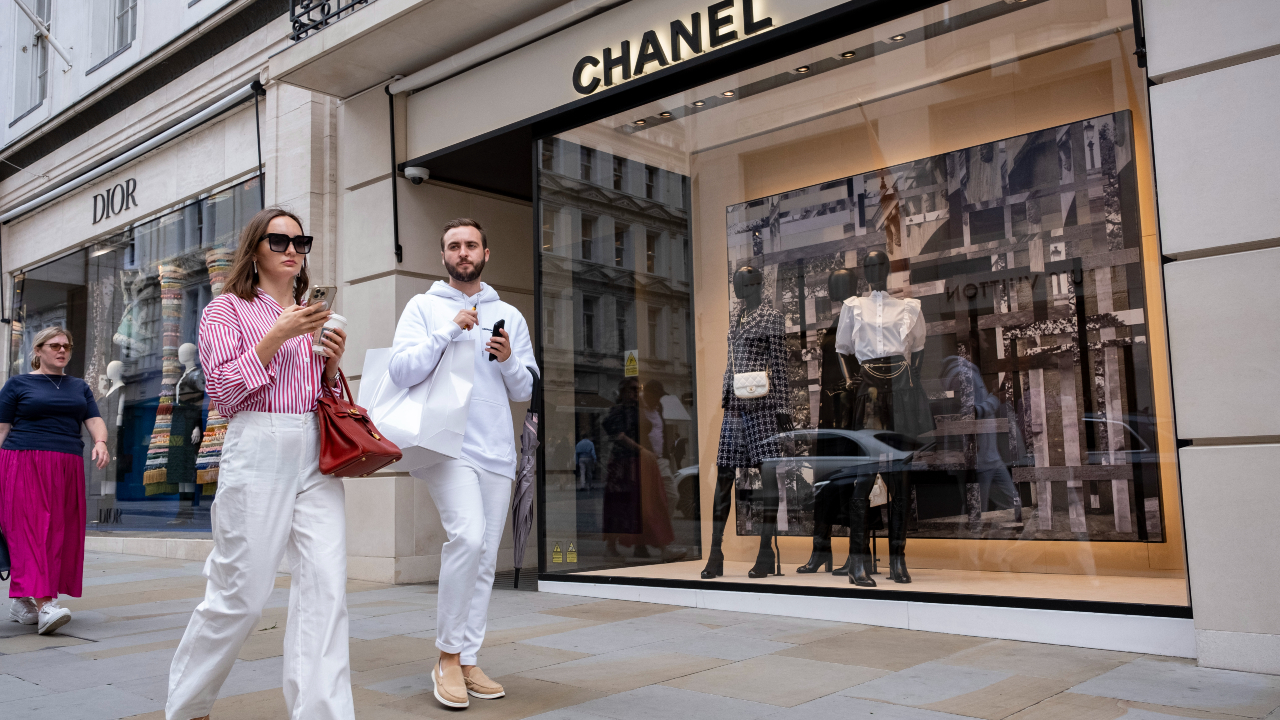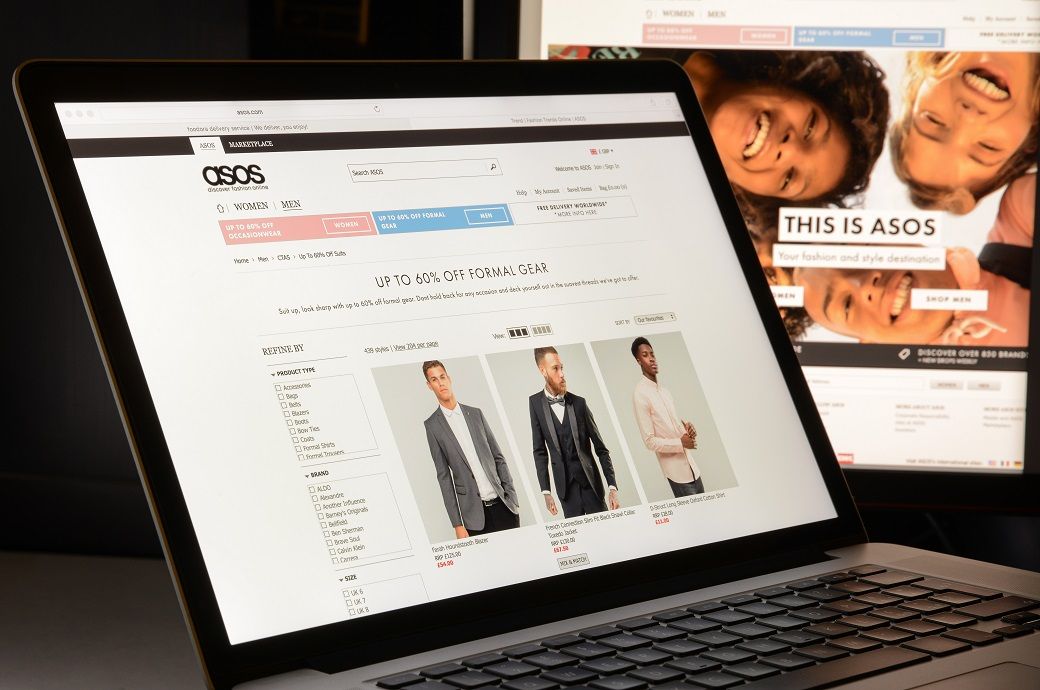Global luxury markets proved resilient into 2025, with overall luxury spending stabilizing at similar levels to last year, despite headwinds from economic and geopolitical uncertainties, as well as disruption from critical shifts in consumers’ preferences, Bain & Company, in partnership with Altagamma, the Italian luxury goods manufacturers’ industry association, found.
Consumers’ worldwide spending across the luxury industry’s segments was set to reach €1.44 trillion (around $1.66 trillion) in 2025, to stand broadly flat compared with last year (between 1 percent higher and 1 percent down at constant exchange rates), with a sequentially improving trajectory expected to continue into next year, according to the annual Bain-Altagamma Luxury Goods Worldwide Market Study.
But the expected stability and resilience of overall luxury spending this year also masked far-reaching and significant structural shifts under the surface of the luxury marketplace as consumers increasingly chose experiences over buying new luxury possessions, the study reported. It highlighted a persistent and crucial trend among consumers globally as they favored “experiential indulgence” over past trends of “conspicuous consumption” as new symbols of status, pivoting toward wellness, connection, and self-reward. What the Bain-Altagamma study called a “tectonic shift” toward luxury experiences such as hospitality cruises and fine dining, and away from more traditional luxury goods, including luxury automotive, was bolstering the growth of the overall luxury market and reshaping the industry across segments, it found.
The global market for personal luxury goods was expected to remain broadly stable this year compared with last, with a forecast 2025 value of €358 billion (vs. €369 billion in 2023 and €364 billion in 2024)—down about 2 percent this year at current exchange rates, and flat at constant rates, signaling maturity rather than renewed momentum in the wake of this market’s post-pandemic rebound. While ultra-wealthy buyers were continuing to sustain demand for high-end luxury goods, aspirational consumers had pulled back, adding to the pressure on traditional luxury, the report added.
“After the shopping spree era, experiences and emotions have become the true engine of luxury growth,” Claudia D’Arpizio, Bain & Company senior partner, leader of the firm’s global Fashion & Luxury practice, and lead author of the study, said in a statement. “The market remains resilient but not immune to macro-economic complexities, navigating a fragile global balance. Ahead lies a phase of quality-driven growth, fueled by discipline, ethics and innovation. Expansion will favor fewer, higher-impact locations—a shift toward a more discerning, experience-led model.”
Across luxury segments, cars were impacted by declining volumes across price tiers, with resilience only within higher-end sport-oriented vehicles, while yachts and jets continued to enjoy robust growth. Fine art stalled while design furniture stabilized, and fine wines and spirits delivered disappointing results, with premium bubbles and Italian reds managing to stand out, the Bain-Altagamma study noted. It reported that gourmet dining was booming across Asia, the Middle East, and resort hubs, fueled by younger, experience-hungry travelers. New frontiers—travel activities, safaris, and elite sports—were meanwhile redefining modern luxury around immediate exclusivity.
Luxury spending by price tier exhibited polarization, the Bain-Altagamma analysis found. The high-end tier (some 40 percent of the market) had contracted slightly between 2023 and 2025, with a compound annual growth rate (CAGR) of between minus 1 percent and minus 3 percent. The accessible segment of the market was flat to slightly negative in the same timeframe, with a CAGR of between 0 percent and minus 2 percent at overall levels. However, while high-end was gaining share in cars, hospitality, fine wines and spirits and gourmet food and fine dining, it was the accessible segment which was gaining share in personal luxury goods, led by Gen Z and value-conscious consumers.
Personal Luxury Goods Market Confronts Challenges and Uncertainties
While the personal luxury goods market is expected to register a broadly stable trend overall for 2025, it confronts macro-economic and geopolitical uncertainties and is facing a moment of truth, as the performance in the fourth quarter of the year will be critical to close out the year.
Amid this recalibration within the personal luxury goods market, jewelry currently leads growth, with an expected expansion this year of 4 percent to 6 percent, powered by resilient demand, emotional appeal, and a surge in customizable designs. Eyewear is also continuing to perform strongly, with expected growth of 2 percent to 4 percent, boosted by design innovation, versatility, and digital integration. Beauty remains stable, but fragrances remain the most dynamic sub-category. AI-driven personalization is gaining ground, while premium skincare and makeup suffer from performance polarization among players.
The market for watches is marked by increased polarization, the study found, with high-end pieces thriving while tariffs and pricing pressures fuel the resale market. Apparel holds steady, driven by strong performance of accessible players. Leather goods wobble, lacking new hero bags but lifted by playful, aspirational alternatives. Shoes lag, hurt by price sensitivity and sportswear competition, though statement styles hint at recovery.
Overall, accessible luxury fashion is rebounding, driven by brands’ success in engaging downtrading consumers, reactivating heritage clients, and attracting value-conscious Gen Z shoppers.
Markdown Pressure Across Channels, While Footprint Shrinks in Favor of More Curated Environments
In physical retail for luxury, outlet stores are outperforming as consumers chase value and accessible luxury. Online channels hold steady. Monobrand stores are slightly slipping, with a total reduction in store surface of 6.18 acres in the past six months, while U.S. department stores have cut some 10 percent of space since 2024.
The Bain-Altagamma study advocated that brands must reimagine physical retail: fewer, larger flagships that deliver emotion, immersion, and personalized connection.
In a Fragmented and Uneven Regional Landscape, Fresh Markets Fuel Luxury’s Next Chapter
The global luxury market in 2025 is entering a crucial phase of global recalibration, marked by uneven regional trajectories and shifting consumer dynamics, the Bain-Altagamma study also reported. Spending in China is set to contract by between 3 percent and 5 percent this year (at constant exchange rates), pivoting toward local, more accessible brands and experience-driven categories, while Japan’s market is decelerating after a strong 2024, due to cooling tourism.
Europe meanwhile faces a softening trend, with its luxury market set to dip in 2025 by between 1 percent and 3 percent amid slowing tourist inflows impacted by a strong euro and geopolitical tensions. The Americas are set to hold relatively firm (with growth of between 0 percent and 2 percent), buoyed by renewed domestic demand in the US and expanding luxury footprints in Mexico and Brazil, even as volatility lingers.
In contrast, the Middle East stands out as luxury’s brightest performer, with expected growth of between 4 percent and 6 percent, fueled by robust tourism in Dubai and Abu Dhabi, and sustained demand in Saudi Arabia.
Beyond the traditional hubs, a new wave of markets is redefining the luxury landscape. Middle East, Latin America, Southeast Asia, India, and Africa combined represent a market value of around €45 billion in 2025, matching Mainland China in scale. From Gen Z’s embrace of accessible luxury in Southeast Asia to India’s surging middle class and Africa’s emerging local players, these regions signal growing luxury potential, Bain and Altagamma indicated.
Luxury’s Consumer Base Contracts Further as Top Customers Show Signs of Spending Stabilization
The study highlighted that luxury’s consumer base continues to shrink and splinter. The number of luxury consumers has dropped from 400 million in 2022 to around 340 million in 2025. Between 2024 and 2025, new customer acquisition for luxury brands has declined by 5 percent. The study also reveals a reduced level of interest as active luxury shoppers have fallen from ~60 percent in the total addressable customer base in 2022 to some 40–45 percent this year.
Spending patterns within the luxury market are fracturing, the study found, with buyers making fewer purchases and favoring smaller indulgences and markdown channels. Spending is also shifting to experiences, affordable alternatives, and resale, signaling a structural reset in how consumers engage with luxury. Meanwhile, the spend of ‘big spenders’ is plateauing: their share of the market surged from 30 percent (€88B in 2019) to 45 percent (€165B in 2024) but is flattening in 2025 at ~46–47 percent (€165B).
Margins Return to 2009 Levels
The luxury industry is experiencing margin pressures that have brought its profitability back down to 2009 levels, largely due to higher operating costs and challenges in sustaining revenue growth. EBIT (earnings before interest and tax) margins for selected personal luxury goods brands, which peaked at 23 percent in 2012, should hit 15–16 percent in 2025, similar to the level in 2009.
This contraction in margins has led to an estimated €100 billion loss in the industry’s total enterprise value over the past twelve months
“Luxury brands are re-defining their reach through adjacent and lower-entry categories, expanding beyond traditional lines like sneakers and small leather goods into areas such as food, dining, and wellness,” said Federica Levato, senior partner at Bain & Company and leader of the firm’s EMEA Fashion & Luxury practice, who co-authored the report. “As pricing structures elevate and customer interest surges, brands face two key challenges: re-engaging aspirational consumers and legitimizing their expansion while maintaining coherence. To future-proof the model, brands must evolve from reach to precision, from blending with trends to shaping them. Longevity will reward brands that weave ethics in their value proposition with intimacy and integrity in their dialogue with consumers.”
The Luxury Scenario to 2035
Looking further ahead, the report concludes that growth for personal luxury goods of 4 percentto 6 percent per year remains realistic, anchored by continued consumer expansion and enduring demand. By 2035, the personal luxury goods market should reach between €525B and €625B, while overall luxury spending could range between €2.2 and €2.7 trillion, Bain and Altagamma forecast.
“Luxury stands at a crossroads: uneven regional growth paths, pricing pressure, and fragmented consumer personas are testing its core,” Claudia D’Arpizio commented. “Creativity is progressively coming back, but a broken price–value equation calls for integrity and renewed trust. This is luxury’s moment of truth: to rise through ethics, inclusivity, and authenticity, or retreat into elitism. The new formula is clear: entertainment, emotion, and ethics are the real sources of value. The winners will balance profit with purpose, creativity and conscience, turning recalibration into reinvention.”
Related Articles
Virtuoso’s 2026 Luxe Report Maps a New Luxury Mindset
Ultra-Luxury Travel Advisory Globe7 Makes Splashy Debut


:max_bytes(150000):strip_icc()/Health-GettyImages-133848983-5db934d3cc054f108f91c6dab4b9d406.jpg)

